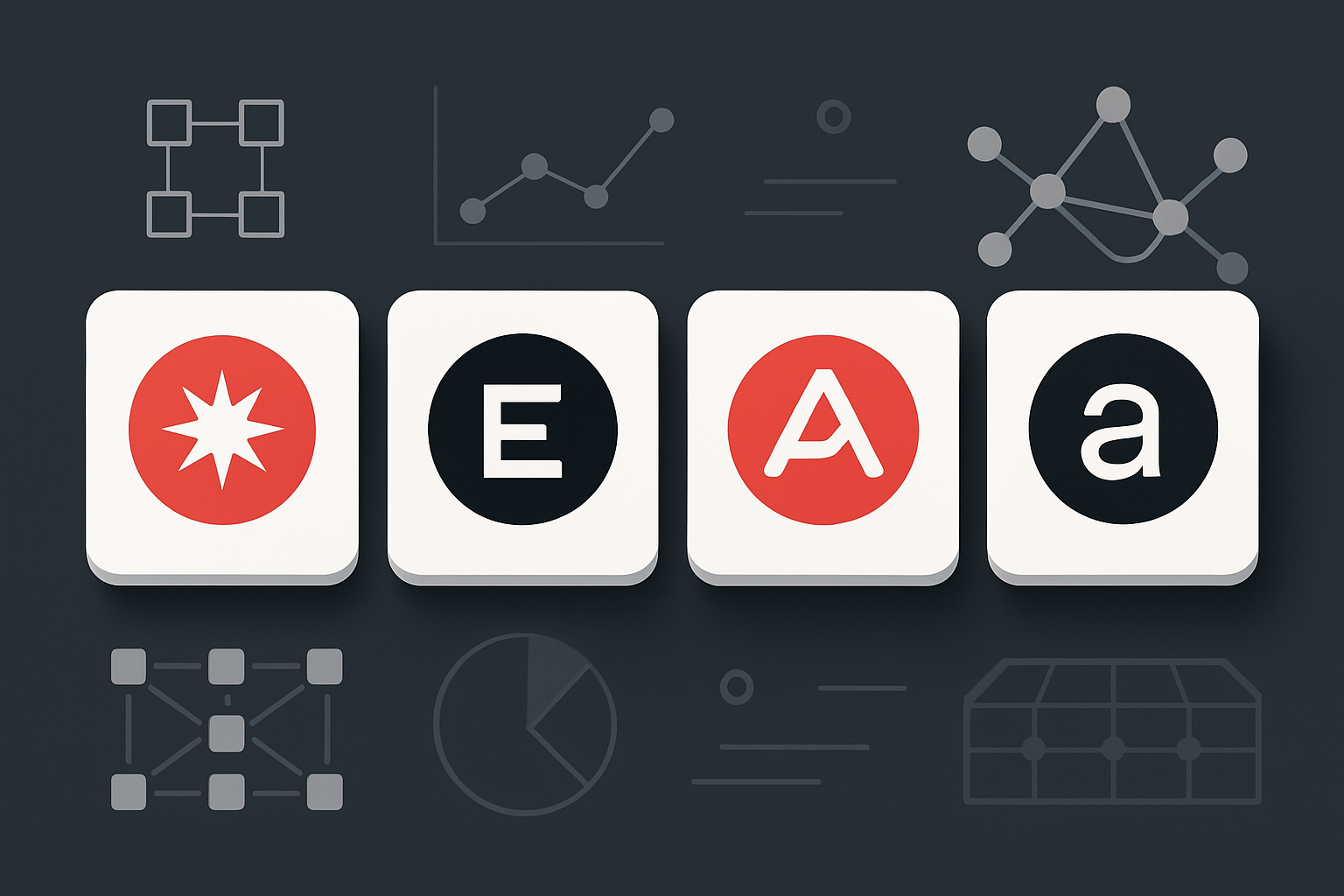
Blockchains in 2025 are facing their biggest test yet: how to scale massively without sacrificing security or decentralization. The answer? Modular data availability layers. If you’re deep in the trenches of rollup wars, gas fee debates, or just tired of watching networks grind to a halt during peak demand, you’ve seen the modular movement take over. But what exactly makes these data availability (DA) layers the backbone of next-gen blockchain scalability?

Why Modular Data Availability Layers Are a Game-Changer
Let’s break it down: traditional monolithic chains like early Ethereum or Bitcoin handled everything in one place – execution, consensus, and data storage. But as usage exploded, so did congestion and costs. Enter modular DA layers. By separating out the data storage and verification piece from execution and consensus, these solutions unlock parallelism and flexibility that simply isn’t possible with classic architectures.
Here’s the kicker: Modular DA layers let multiple execution environments (think rollups, app-chains, or even entire L2 ecosystems) plug into a shared data backbone. That means higher throughput, lower latency, and, crucially, no more fighting for block space on a single chain.
The Four Titans Powering Blockchain Scalability in 2025
The DA landscape is crowded but four names stand above the rest for their real-world adoption and technical firepower:
- Celestia: The OG modular DA layer built from scratch to serve as a universal data backbone for rollups and modular chains.
- EigenDA: Focused on high-throughput use cases with reserved bandwidth tiers, a favorite for enterprise-grade applications.
- Avail: Championing interoperability with flexible integration for both EVM and non-EVM rollups.
- Ethereum (Proto-Danksharding/Blobs): The world’s most battle-tested smart contract platform is going modular with native blob storage via proto-danksharding (EIP-4844).
If you want to see how these stack up feature-for-feature or dig deeper into their architectures, check out our deep dive on how data availability layers enable modular blockchain scalability in 2025.
Bigger Blocks Without Bottlenecks: How DALs Unlock Scale
The core innovation is simple but powerful: by offloading data storage to specialized DA layers like Celestia or EigenDA, blockchains can process way more transactions per second, without overburdening their consensus engines. Here’s what that looks like in practice:
- Larger Block Sizes: Rollups can post massive batches of transactions as “blobs” to Celestia or Ethereum’s new proto-danksharding system without clogging up the main chain.
- Dramatically Lower Costs: By optimizing for raw data throughput instead of full execution and consensus per transaction, fees plummet, rollup costs have dropped by up to 95% since integrating DALs.
- No More Monolithic Gridlock: Multiple L2s can share the same DA layer without competing for space or security guarantees.
This isn’t just theoretical. In production today we see thousands of rollup transactions settled securely on Celestia every minute while EigenDA powers high-frequency dApps with reserved bandwidth models. Meanwhile Avail’s interoperability focus is letting devs build cross-chain apps that would’ve been impossible just two years ago.
The Security Edge: Data Availability Sampling and Decentralization
Security purists used to worry that splitting up blockchain functions would weaken trust assumptions, but modern DALs use cryptographic tricks like data availability sampling. Light clients can verify huge blocks are actually available without downloading all the data themselves. This means anyone with a smartphone can help secure the network, no need for heavy-duty hardware or institutional validators only.
The result? Decentralized applications stay truly decentralized. And thanks to erasure coding plus clever fraud proofs baked into systems like Celestia and Avail, even aggressive adversaries can’t sneak through unavailable or incomplete blocks without being caught red-handed.
What’s wild is how quickly these advances have reshaped the developer and user experience. In 2025, deploying a high-throughput dApp or launching a new rollup isn’t a moonshot anymore, it’s table stakes. Modular DA layers like Celestia, EigenDA, Avail, and Ethereum (Proto-Danksharding/Blobs) have set new standards for what’s possible:
- Permissionless innovation: Builders can spin up custom execution environments without permission from a monolithic L1. That means faster experimentation, composability across chains, and no more waiting on hard forks for upgrades.
- Predictable costs: With blob pricing models (Celestia, Ethereum blobs) or reserved bandwidth (EigenDA), teams can budget for data availability with far less volatility than old-school gas auctions.
- Ecosystem-wide security: Since rollups and app-chains post their data to shared DA layers, they inherit the economic security of those networks, no need to bootstrap trust from scratch.
The competitive landscape is fierce but healthy. Celestia’s modular-first ethos is attracting a swarm of rollup-as-a-service providers and experimental L2s. EigenDA is carving out space with its throughput guarantees for bandwidth-hungry apps, think DeFi protocols that need consistent settlement speeds. Avail is the go-to for cross-chain builders who want EVM compatibility plus freedom to innovate beyond it. And Ethereum’s proto-danksharding keeps the blue-chip L1 relevant in a modular world by letting rollups scale natively while preserving its unmatched liquidity and developer base.
If you’re tracking the future of secure decentralized applications or next-generation DA solutions, it’s clear: modularity has won. The question now isn’t whether to go modular, it’s which DA layer aligns best with your project’s needs and roadmap.
What Comes Next? The Road Ahead for Modular DA Layers
The momentum isn’t slowing down. Expect even more granular specialization as new execution environments emerge, privacy-focused rollups, AI-integrated chains, and cross-domain dApps will all lean on robust DA infrastructure. Watch for further integration between these four titans as standards mature, making it easier than ever to compose across ecosystems without sacrificing speed or security.
If you’re planning your next move in blockchain scalability, or just want to stay ahead of the curve, dive deeper into how these layers are solving real-world bottlenecks in our feature: How Data Availability Layers Solve Blockchain Scalability Bottlenecks.
The bottom line? In 2025, if your blockchain stack isn’t modular, and if you’re not thinking seriously about which DA layer underpins your app, you’re already behind the curve. Ride the trend; respect the risk; build with confidence on top of the new backbone of Web3 scalability.





